Top China Forwarder provides flexible sea and air freight services from China to Sweden, designed to meet your unique shipping needs. Our tailored logistics solutions focus on both cost-effectiveness and timely delivery, ensuring your cargo arrives as planned.
Rely on us for secure, efficient, and dependable transportation from China to Sweden. With our expertise and commitment to service, we make international shipping simple and hassle-free.
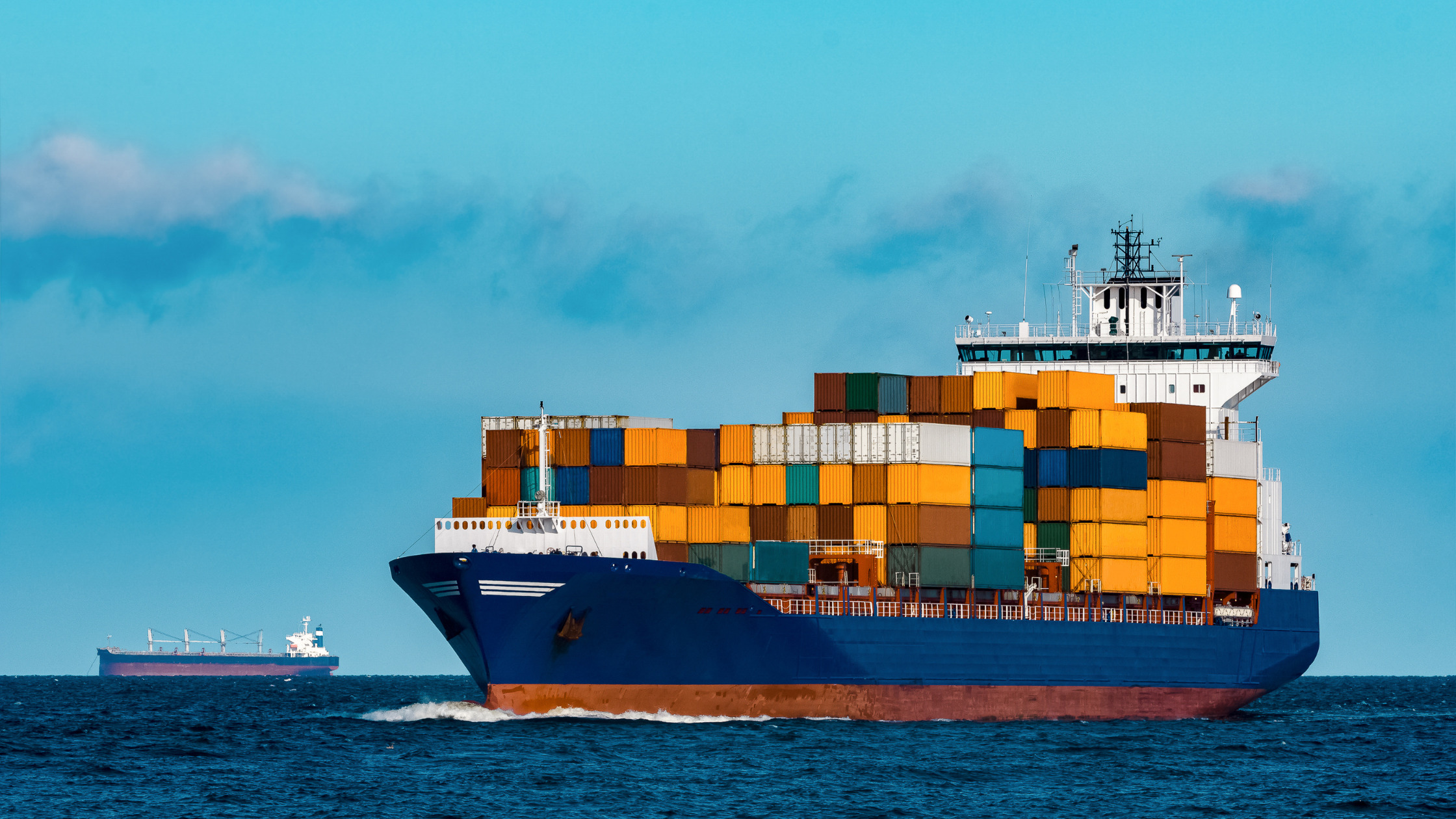
Top China Forwarder provides reliable sea freight services from China to Sweden, ensuring timely delivery and cost-efficiency. Partner with us for seamless logistics tailored to your cargo needs.
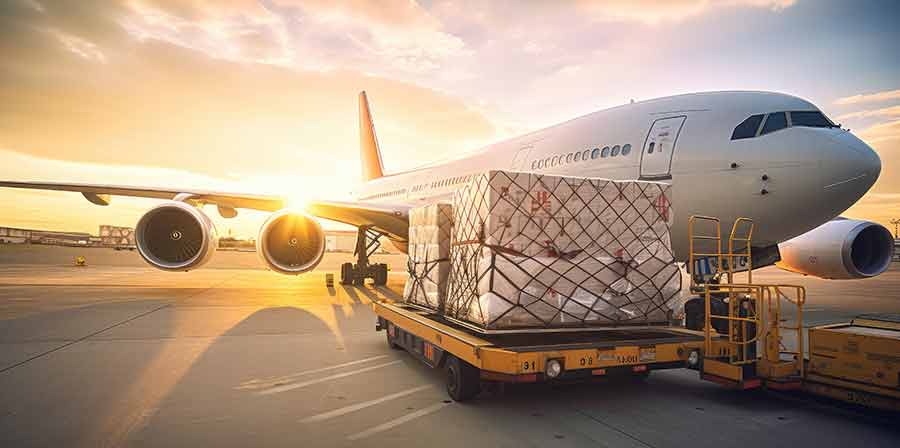
Our air freight services from China to Sweden offer swift and efficient transportation for urgent shipments. Trust our expertise for secure and prompt delivery to Sweden's major airports.

Experience optimal balance of speed and cost-effectiveness with our rail freight services from China to Sweden. Enjoy seamless transit and reliable delivery solutions tailored to your cargo requirements.
Top China Forwarder ensures dependable FCL (Full Container Load) shipping from China to Sweden. We provide optimal handling of full container loads for secure and efficient transport of your goods. Trust our tailored logistics solutions for reliable and cost-effective shipping services to Sweden.
Our LCL (Less than Container Load) shipping from China to Sweden offers flexible solutions for smaller cargo shipments, ensuring reliable and efficient transportation. Top China Forwarder provides tailored logistics services to meet your specific shipping needs. Trust us for secure and cost-effective LCL shipping solutions to Sweden.

Top China Forwarder offers the most fuel-efficient pickup service across China.
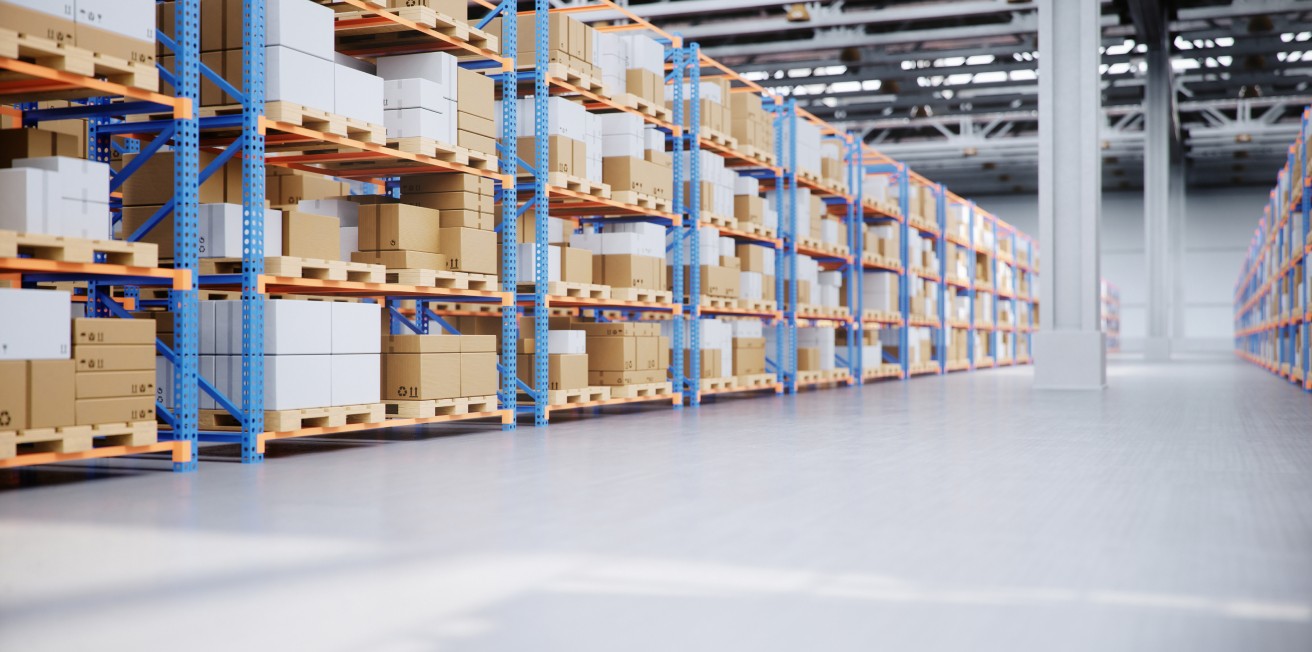
We provide free warehousing services, ensuring secure storage for your goods.
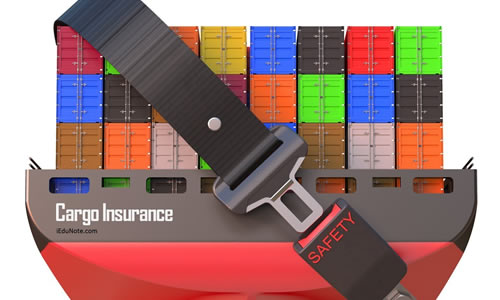
Our cargo insurance protects your goods all the way to any FBA Warehouse, providing peace of mind.
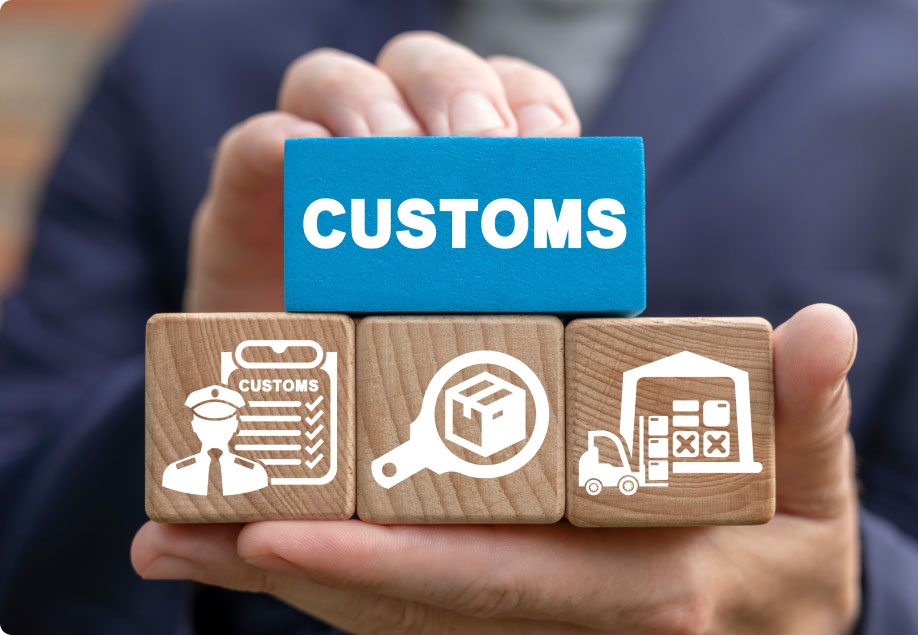
We handle all paperwork and details for smooth customs clearance.
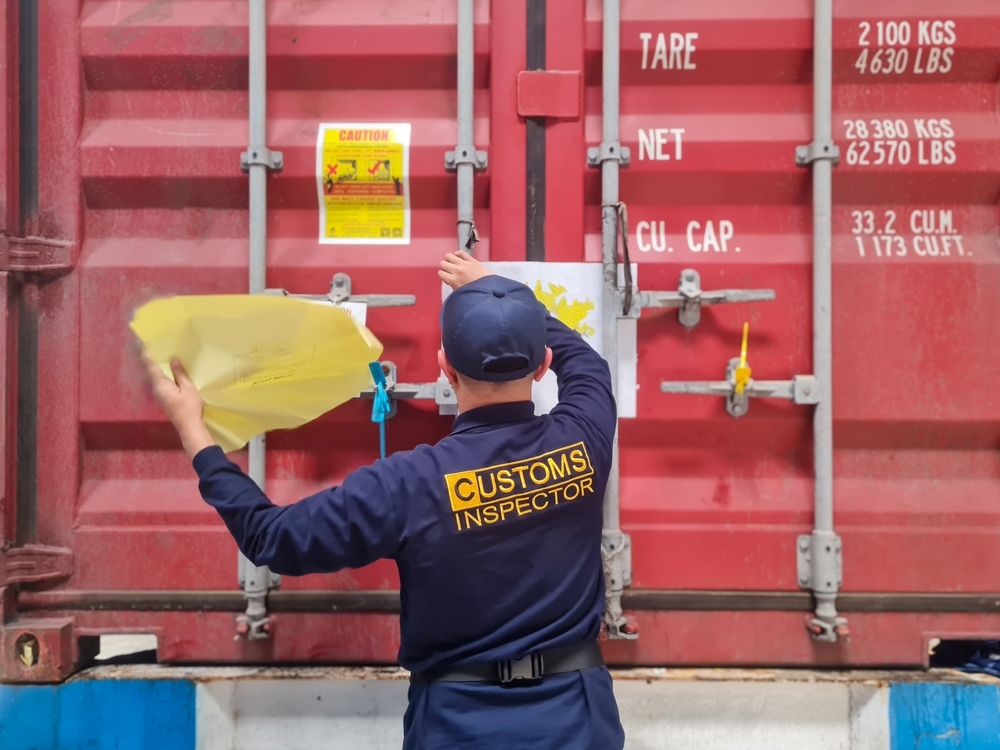
We ensure safe packaging and loading of goods at your suppliers' factories, guaranteeing secure transport.

Shipping times from China to Sweden can vary depending on several factors, including the shipping method, the specific locations of origin and destination, customs clearance processes, and any unforeseen delays. Here's a general overview of the shipping times for different methods:
Air Freight: Air freight is the fastest shipping option and typically takes around 3 to 7 days for delivery from China to Sweden. However, transit times may vary based on factors such as airline schedules, routing, and customs clearance procedures.
Express Courier Services: Courier services like DHL, FedEx, and UPS offer expedited shipping options with delivery times of around 2 to 5 days from China to Sweden. These services provide fast and reliable delivery with end-to-end tracking and customs clearance assistance.
Sea Freight (FCL): Full Container Load (FCL) sea freight shipments from China to Sweden usually take between 25 to 40 days for delivery, depending on the port of origin and destination, transit routes, and any transshipment stops along the way.
Sea Freight (LCL): Less than Container Load (LCL) sea freight shipments, which involve consolidating multiple smaller shipments into one container, may have longer transit times compared to FCL. LCL shipments from China to Sweden can take approximately 30 to 45 days, considering consolidation and deconsolidation processes.
Rail Freight: Rail freight services between China and Europe, such as the China-Europe Railway Express, offer a faster alternative to sea freight and a more cost-effective option than air freight. Rail shipments from China to Sweden typically take around 12 to 20 days, depending on the specific route and transit points.
It's important to note that these are estimated shipping times, and actual delivery times may vary based on factors such as weather conditions, port congestion, customs clearance procedures, and other logistical considerations. Additionally, consider any additional time required for inland transportation and final delivery to the ultimate destination within Sweden. Working with a reliable freight forwarder or logistics provider can help ensure smooth and timely shipping from China to Sweden.
The cost of shipping from China to Sweden can vary widely depending on several factors, including the shipping method, the size and weight of the shipment, the origin and destination locations, the mode of transport (air, sea, rail), and any additional services or requirements. Here are some unique considerations that can influence shipping costs:
Shipping Method: Different shipping methods have varying cost structures. Air freight is generally more expensive but offers faster delivery, while sea freight is more cost-effective for larger shipments but has longer transit times.
Mode of Transport: Within sea freight, there are options like Full Container Load (FCL) and Less than Container Load (LCL), each with its own pricing structure. Rail freight offers a balance between speed and cost, while courier services provide expedited delivery at a premium.
Shipping Volume and Weight: The volume and weight of your shipment play a significant role in determining the shipping cost. Larger and heavier shipments typically incur higher transportation costs due to increased handling and space requirements.
Distance and Transit Route: The distance between the origin and destination, as well as the transit route taken, can impact shipping costs. Longer distances and more complex transit routes may result in higher transportation fees.
Fuel Prices and Market Conditions: Fluctuations in fuel prices and market conditions can influence shipping costs, particularly for sea freight and air freight. Changes in fuel surcharges and market demand may affect overall transportation expenses.
Additional Services: Additional services such as insurance, customs clearance, warehousing, and door-to-door delivery can incur extra charges. Consider the need for these services and their associated costs when planning your shipment.
Customs Duties and Taxes: Import duties, taxes, and customs clearance fees imposed by the Swedish authorities should also be factored into the overall shipping cost. These charges vary depending on the type and value of the goods being imported.
To determine the specific cost of shipping from China to Sweden for your shipment, it's recommended to obtain quotes from multiple freight forwarders, carriers, or logistics providers. Provide detailed information about your shipment, including its size, weight, contents, and desired delivery timeline, to receive accurate pricing estimates. Additionally, consider negotiating rates and exploring cost-saving opportunities such as consolidating shipments or optimizing packaging to minimize volumetric weight.
Shipping from China to Sweden involves several steps and considerations to ensure a smooth and efficient process. Here's a unique guide to help you ship your goods:
Choose a Shipping Method: Select the most suitable shipping method based on your requirements, budget, and urgency. Options include air freight, sea freight (FCL or LCL), rail freight, or courier services.
Prepare Your Shipment: Properly package and label your goods according to international shipping standards. Ensure that your shipment complies with any regulations or restrictions for export from China and import into Sweden.
Select a Freight Forwarder or Carrier: Choose a reputable freight forwarder, shipping line, or courier service provider to handle your shipment. Consider factors such as reliability, experience, and service offerings when making your selection.
Obtain Quotes and Book Your Shipment: Request quotes from multiple service providers to compare rates and services. Once you've chosen a provider, book your shipment and provide all necessary details, including origin and destination addresses, shipment dimensions, weight, and any special requirements.
Complete Shipping Documentation: Prepare and submit the required shipping documentation, including the commercial invoice, packing list, bill of lading (for sea freight), air waybill (for air freight), and any other relevant certificates or permits.
Arrange Customs Clearance: Ensure that all customs clearance procedures are completed accurately and efficiently. Provide the necessary documentation to your freight forwarder or customs broker to facilitate customs clearance at both the origin and destination.
Track Your Shipment: Utilize tracking tools provided by your chosen carrier or freight forwarder to monitor your shipment's progress in real-time. Stay informed about any updates or delays during transit.
Coordinate Delivery: Coordinate with the recipient in Sweden to arrange for the delivery of your goods. Communicate any specific delivery instructions or requirements to ensure a smooth delivery process.
Manage Import Duties and Taxes: Be aware of any import duties, taxes, or customs fees that may apply to your shipment when importing goods into Sweden. Work with your freight forwarder or customs broker to manage and pay these charges as required.
Evaluate and Optimize: After your shipment has been delivered, take the time to evaluate the shipping process and identify any areas for improvement. Consider factors such as cost-effectiveness, transit time, and overall customer satisfaction to optimize future shipments.
By following these steps and working closely with your chosen service providers, you can successfully ship goods from China to Sweden with efficiency and reliability.
Arranging air freight from China to Sweden involves several steps to ensure a seamless and efficient process. Here's a unique guide to help you arrange air freight shipments:
Choose a Freight Forwarder or Air Carrier: Research and select a reliable freight forwarder or air carrier with experience in handling shipments from China to Sweden. Consider factors such as reputation, service quality, network coverage, and pricing.
Request a Quote: Contact your chosen freight forwarder or air carrier to request a quote for your air freight shipment. Provide details such as the origin and destination airports, shipment dimensions, weight, cargo type, and any special handling requirements.
Confirm Booking and Schedule: Once you've received quotes from multiple providers, compare rates and services to make an informed decision. Confirm the booking with your chosen provider and agree on the shipment schedule and logistics plan.
Prepare Shipping Documentation: Gather and prepare the necessary shipping documentation required for air freight, including the air waybill, commercial invoice, packing list, and any other relevant certificates or permits. Ensure that all documentation is accurate, complete, and compliant with international regulations.
Packaging and Labeling: Properly package and label your goods according to air freight regulations and industry standards. Use sturdy packaging materials and clearly label each package with essential information, including the consignee's details, shipment contents, and handling instructions.
Arrange Pickup or Drop-off: Coordinate the pickup or drop-off of your shipment with your freight forwarder or air carrier. Ensure that the goods are ready for transport and provide any necessary instructions for loading and handling.
Customs Clearance: Work with your freight forwarder or customs broker to complete all customs clearance procedures at both the origin and destination airports. Provide the required documentation and information to facilitate smooth customs clearance and compliance with import regulations.
Track Shipment Progress: Utilize tracking tools provided by your freight forwarder or air carrier to monitor the progress of your air freight shipment in real-time. Stay informed about any updates, delays, or exceptions during transit.
Coordinate Delivery: Communicate with the recipient in Sweden to coordinate the delivery of the air freight shipment. Provide information about the expected arrival time and any specific delivery instructions or requirements.
Evaluate and Optimize: After the shipment has been delivered, take the time to evaluate the air freight process and identify any areas for improvement. Consider factors such as transit time, service quality, and overall customer satisfaction to optimize future air freight shipments.
By following these steps and working closely with your chosen freight forwarder or air carrier, you can arrange air freight from China to Sweden with confidence and efficiency.
Arranging sea shipping from China to Sweden requires careful planning and coordination to ensure a smooth and cost-effective transit. Here's a unique guide to help you arrange sea shipping:
Select a Freight Forwarder or Shipping Line: Research and choose a reputable freight forwarder or shipping line that offers services from China to Sweden. Consider factors such as reliability, transit time, frequency of sailings, and pricing.
Request a Freight Quote: Contact your chosen freight forwarder or shipping line to request a freight quote for your sea shipment. Provide details such as the origin port in China, destination port in Sweden, cargo dimensions, weight, and any special requirements.
Confirm Booking and Schedule: Once you've received quotes from multiple providers, compare rates and services to make an informed decision. Confirm the booking with your chosen provider and agree on the shipment schedule, including the departure date from China and the estimated arrival date in Sweden.
Prepare Shipping Documentation: Gather and prepare the required shipping documentation for sea freight, including the bill of lading, commercial invoice, packing list, and any other relevant certificates or permits. Ensure that all documentation is accurate, complete, and compliant with international regulations.
Packaging and Loading: Properly package and label your goods according to sea freight regulations and industry standards. Use sturdy packaging materials and ensure that the cargo is properly secured for ocean transit. Coordinate the delivery of the goods to the designated port for loading onto the vessel.
Customs Clearance: Work with your freight forwarder or customs broker to complete all customs clearance procedures at both the origin and destination ports. Provide the necessary documentation and information to facilitate smooth customs clearance and compliance with import regulations.
Track Shipment Progress: Stay informed about the progress of your sea freight shipment by utilizing tracking tools provided by your freight forwarder or shipping line. Monitor the vessel's location and estimated time of arrival to plan for the receipt of the cargo in Sweden.
Coordinate Delivery: Communicate with the recipient in Sweden to coordinate the receipt of the sea freight shipment. Provide information about the expected arrival date and any specific delivery instructions or requirements.
Evaluate and Optimize: After the shipment has been delivered, assess the sea shipping process and identify any areas for improvement. Consider factors such as transit time, service quality, and overall customer satisfaction to optimize future sea freight shipments.
By following these steps and working closely with your chosen freight forwarder or shipping line, you can arrange sea shipping from China to Sweden efficiently and effectively.
Air shipping from China to Sweden is typically preferred in the following situations:
Urgent Shipments: When time is of the essence and expedited delivery is required, air shipping offers the fastest transit times compared to sea or rail transport. It is ideal for urgent shipments that need to reach Sweden quickly to meet tight deadlines or respond to unexpected demand.
High-Value Goods: Air shipping is suitable for transporting high-value or perishable goods that require special handling and care. The speed and reliability of air freight reduce the risk of damage, theft, or spoilage during transit, making it an attractive option for valuable commodities.
Small Shipments: For small or lightweight shipments that do not fill an entire container, air shipping may be more cost-effective than sea freight. While air freight rates are generally higher than ocean freight rates per kilogram, the overall cost may be lower for smaller shipments due to reduced handling and storage expenses.
Just-in-Time Inventory: Air shipping supports just-in-time inventory management by providing fast and reliable delivery of goods to meet immediate production or customer demand in Sweden. It helps minimize inventory holding costs and ensures timely replenishment of stock without excessive lead times.
Seasonal or Peak Demand: During peak seasons or periods of increased demand, such as holidays or promotional events, air shipping allows businesses to quickly replenish inventory and respond to fluctuating market demand in Sweden. It provides flexibility and agility to adapt to changing market conditions and maintain customer satisfaction.
Prototype or Sample Shipments: When transporting prototypes, samples, or new product launches from China to Sweden for testing, evaluation, or marketing purposes, air shipping offers rapid delivery to expedite the product development cycle and facilitate timely feedback.
Perishable Goods: Perishable or time-sensitive goods, such as fresh produce, seafood, pharmaceuticals, or flowers, benefit from the speed and temperature-controlled environment of air freight. Air shipping minimizes transit time and preserves the quality and freshness of perishable items during transportation to Sweden.
Overall, air shipping is advantageous when speed, reliability, and efficiency are paramount, making it an excellent choice for specific types of cargo and logistical requirements when shipping from China to Sweden.
When importing goods from China to Sweden, the amount of tax and duty you need to pay depends on several factors, including the type of goods, their value, and their country of origin. Here's a general overview of the taxes and duties that may apply:
Value Added Tax (VAT): Most imported goods into Sweden are subject to VAT, which is currently set at a standard rate of 25%. VAT is calculated based on the customs value of the goods, including the cost of the items, shipping, insurance, and any applicable customs duties.
Customs Duties: Certain goods may be subject to customs duties, also known as import tariffs, based on their classification in the Harmonized System (HS) code. The rate of customs duty varies depending on the type of goods and their country of origin. Sweden applies the European Union's Common Customs Tariff, which sets out the duty rates for imported goods from non-EU countries.
Excise Duties: Excise duties may apply to specific goods such as alcohol, tobacco, and certain energy products. The rates and thresholds for excise duties are determined by Swedish law and the European Union regulations.
Other Fees and Charges: In addition to VAT and customs duties, there may be other fees and charges associated with importing goods into Sweden, such as customs clearance fees, handling charges, and administrative fees.
It's essential to accurately declare the value and nature of your imported goods to Swedish customs authorities to determine the correct amount of taxes and duties payable. Failure to comply with customs regulations or incorrect declaration of goods may result in penalties, fines, or delays in clearance.
To calculate the exact amount of taxes and duties for your specific import, you can use online tools provided by Swedish Customs or consult with a customs broker or freight forwarder experienced in handling imports into Sweden. They can provide guidance on customs procedures, tariff classifications, and the applicable rates of taxes and duties for your goods.
Understood, let's proceed without bullet points.
Choosing between Less than Container Load (LCL) and Full Container Load (FCL) shipping from China to Sweden depends on several factors unique to your shipment needs and business requirements.
Firstly, consider your cargo volume and size. If you have a relatively small volume of goods that do not fill an entire container, LCL might be the better option. It allows you to consolidate multiple smaller shipments into one container, making it cost-effective for smaller quantities. On the other hand, if you have a large volume of cargo that can fill or nearly fill a standard container, FCL provides exclusive use of the container, offering more control over the loading process.
Secondly, assess your budget and cost considerations. LCL can be more cost-effective for smaller shipments since you only pay for the space your cargo occupies within the shared container. This makes it suitable for businesses with budget constraints or lower shipment volumes. Conversely, while FCL may have a higher upfront cost compared to LCL, it can be more cost-efficient for larger shipments due to economies of scale.
Next, consider transit time and delivery speed. LCL shipments may have longer transit times compared to FCL, as they involve multiple consolidations and deconsolidations at various ports along the route. If delivery speed is not a critical factor for your shipment, LCL can still provide a cost-effective solution. However, if you require faster delivery to Sweden or have time-sensitive cargo, FCL may be the preferred choice.
Lastly, factor in any special handling requirements for your cargo. If your goods are fragile, perishable, or require specialized handling, FCL might be more suitable due to the reduced risk of damage during transit. FCL offers greater security and reduced handling compared to LCL, making it suitable for sensitive cargo that requires minimal handling.
Consider these factors carefully when deciding between LCL and FCL to ensure that your shipment from China to Sweden meets your specific needs in terms of cost, transit time, cargo volume, and handling requirements. Additionally, consult with your freight forwarder or logistics provider for personalized advice and assistance in making the right choice for your business.
To track your shipment from China to Sweden, you can follow these steps:
Obtain Tracking Information: Once your shipment is booked with a freight forwarder or shipping carrier, you will receive tracking information such as a tracking number or booking reference. This information is essential for monitoring the progress of your shipment.
Use Online Tracking Tools: Most freight forwarders and shipping carriers provide online tracking tools on their websites or through mobile apps. Visit the website of your chosen carrier and navigate to the tracking section. Enter your tracking number or booking reference to access real-time tracking updates for your shipment.
Track via Third-Party Platforms: In addition to carrier websites, you can also track your shipment using third-party tracking platforms or logistics software. These platforms aggregate tracking information from multiple carriers, allowing you to track all your shipments in one place. Popular tracking platforms include ShipStation, ShipHero, and Easyship.
Sign Up for Notifications: Many carriers offer notification services where you can sign up to receive email or SMS alerts about the status of your shipment. You can choose to receive notifications for milestones such as departure from origin, arrival at destination port, customs clearance, and delivery to the final destination in Sweden.
Contact Customer Service: If you encounter any issues or need assistance with tracking your shipment, don't hesitate to contact the customer service team of your freight forwarder or shipping carrier. They can provide personalized assistance and address any concerns you may have regarding the status or whereabouts of your shipment.
Utilize Track and Trace Features: Some carriers offer advanced track and trace features that provide detailed information about the journey of your shipment, including its current location, estimated time of arrival, and any transit delays or exceptions encountered along the way. Take advantage of these features to stay informed about your shipment's progress.
By following these steps and utilizing available tracking tools and resources, you can easily track your shipment from China to Sweden and stay updated on its status throughout the shipping process.
When shipping goods from China to Sweden, you'll need to ensure you have the necessary documents in place to facilitate the smooth movement of your shipment through customs and compliance with import regulations. Here are the key documents you may need:
Commercial Invoice: This document provides details about the goods being shipped, including their description, quantity, value, and terms of sale. The commercial invoice is used for customs clearance and determining the amount of duties and taxes payable.
Packing List: A packing list itemizes the contents of each package or container in your shipment, including the dimensions, weight, and packaging type. It helps customs officials verify the accuracy of the shipment and facilitates the inspection process.
Bill of Lading (B/L): The bill of lading is a contract between the shipper and the carrier that serves as a receipt for the goods and evidence of the contract of carriage. It contains details such as the name and address of the shipper and consignee, description of the goods, and terms of transportation.
Certificate of Origin: This document certifies the origin of the goods and may be required to qualify for preferential duty rates under trade agreements between China and Sweden, such as the EU-China Free Trade Agreement. The certificate of origin may need to be issued by a recognized authority or chamber of commerce.
Customs Declaration/Form: Depending on the nature of your goods and their value, you may need to complete a customs declaration or form providing additional information about the shipment, such as the HS codes, country of origin, and declared value for customs purposes.
Insurance Certificate: If you have purchased cargo insurance to protect your shipment against loss or damage during transit, you'll need to provide an insurance certificate or policy document as proof of coverage.
Import License or Permits: Certain goods may require import licenses or permits to enter Sweden, particularly restricted or regulated items such as pharmaceuticals, chemicals, or controlled substances. Make sure to obtain any necessary permits in advance of shipping.
Other Documentation: Depending on the nature of your goods and any specific requirements, additional documentation may be necessary. This could include certificates of conformity, sanitary certificates, inspection certificates, or any other documents required by Swedish customs or regulatory authorities.
Ensure you have all the required documentation prepared and properly completed before shipping your goods from China to Sweden to avoid delays or complications during customs clearance. Working with a knowledgeable freight forwarder or customs broker can also help ensure compliance with import regulations and smooth processing of your shipment.
I am a lot of satisfied with crafted by Top China Forwarder. Each shipment was finished so rapidly with no single harm to the items. Likewise, their cargo rates were overly low, and they have an exceptional client care unit.
Initially I doubted their commitment whether they’ll be able to deliver it on time but they actually delivered it two days before the commitment. The executive was also very understanding. I received my items in a perfect state! Everyone should work with them.
Operations deal with the way the vehicles are operated, and the procedures set for this purpose, and policies. In the transport industry, operat ions and ownership of infrastructure can be either country.